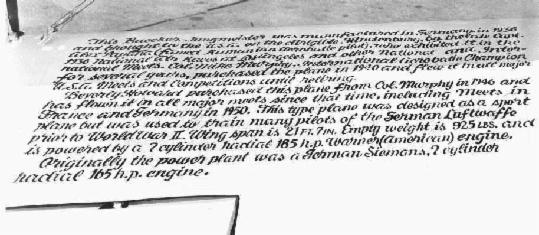Biography of a mythical airplane
Bücker Bü-133 "Jungmeister"
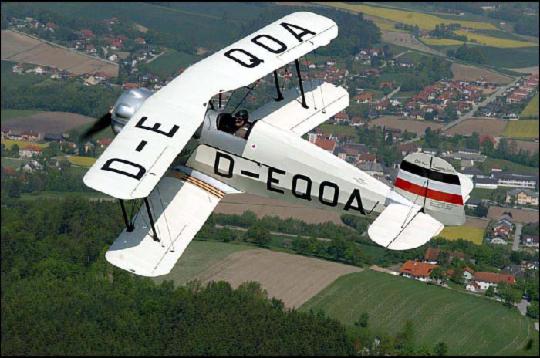 |
It was the 20th Century
that ushered in that long-held dream of man to take-to-air and fly like the
bird. And it was only 27-years of after that when the 1930s, the “Golden Years of Aviation,”
arrived. A world war had turned fledgling machines into keen birds of prey and
had allowed a multitude of dreamers everywhere to turn their eyes skyward and
say, “Now, I too can go there!” The 1930 saw the
development of such legendary fighter aircraft as the British Supermarine
‘Spitfire’... the German Messerschmitt Bf 109... the Japanese Mitsubishi
‘Zero’ - it was in the field of the civil and sports aviation that an airplane
was developed that came to be known as the “Stradivari of Aviation.” This airplane was the Bücker Bü 133
‘Jungemeister’, and was flown the first time in early 1935 with Louise Hoffman at the stick. It bore the registration D-EVEO and was equipped with a 6
cylinder inline Hirth 506-A
engine. The 'Jungemeister' was quickly ordered by
the German Chancellor Adolf Hitler, to be presented as a clear demonstration of
the strength of the German aeronautical industry at the XIII Olympics at
Berlin in 1936. So extraordinary were the flying qualities
of this airplane that it was sent on a worldwide tour to exhibit it, starting at
the Lausana Switzerland Airshow in
1935.
The 'Jungemeister'
development was based on the very successful Bücker Bü 131 Jungmann and it
shared that aircraft’s empennage, wing profile, landing gear and most of its
fuselage.
Based on the model Bü 133-A, the Bü 133-B
was created once the Siemens SH
14 A engine became available. This engine would
power the following series. The ‘Jungmeister' with its SH
14 engine, was shorter, more powerful, and served to enhance its
extraordinary flying capabilities. The second airplane of the –B series was
the YR-PAX, which was flown by the captain Alexandru "Alex" Papana (http://en.wikipedia.org/wiki/Alexandru_Papan%C4%83), who was considered to
be the best European pilot of his day, made a series of exhibitions around the
continent, advertising its planned demonstration at the Berlin Olympics of
1936. Given its noticeable success in
Europe, the airplane was transported to the
US, in nothing less than the Zeppelin "Hindenburg". The publicity tour was planned by the “Team-Papana” and would star the
German champion, Count Otto Von Hagenburg.
Once this campaign of
demonstrations and promotion was finished, Papana´s airplane, YR-PAX, was left
in the United
States. It can be seen today at the National
Air and Space Museum, near Washington D.C.
Another campaign to show the
'Jungmeister' was carried out by Arthur Benith in South America with PP-TDP, another Bü 133-B. More
than 80 shows, 15,000
miles flown, crossing the Andes from Mendoza
(Argentina) to Santiago de Chile across Paso de Cristo
(14,000Ft elevation)... an aeronautical Odyssey itself. Once the tour was finished, the
airplane remained at Sao Paulo´s Air Club. Later, it went to the
US. It finally went to the
United
Kingdom and registered as G-PTDP. The plane was lately being restored at BUCKER PRADO SA in Albacete, Spain. Many more exhibitions were
carried out all around Europe where its successes continued. Despite
all that notoriety the Bü 133-C was introduced, adding some improvements to the
design, such as new elevators to improve and soften the vertical maneuvers.
Shortening the fuselage reduced the loop radius and the head rest was
removed. This C-model is the one mass produced in
Germany. After those improvements, the
model was astonishing and its aerobatic capabilities incredible. Evidence of the controllability of the 'Jungmeister' is the fact that three pilots tied their planes with
5 meters of rope and then
performed their aerobatic routine. The airplane was considered a
technological jewel, and a symbol of luxury. The German Formula One cars took good note of that showing
their “Silver Arrow” in front of a ''Jungmeister'. There are some historical quotes that define what a Bücker 'Jungmeister' was and always would be. One such quote was published in
‘PILOT’ in 1978: “Nothing flies better than a Bücker” or “If you haven´t flown a
Bücker, you haven´t flown, you have just been in the
air”. The beginning of WWII meant a
break in the schedule for worldwide distribution of the 'Jungmeister'. It was to
have been produced in Russia and
Poland but, obviously, those projects were
canceled by the war. Before this situation developed,
Dornier purchased the rights to manufacture the Bü 133-B in
Switzerland, where 50 units were produced.
Previously, the Swiss Air Force had purchased 6 units made in
Germany, being the first one the serial number
1001, with military register U-51 and flying since
1969 in the
United
Kingdom as G-AGNI. The third country where the
'Jungmeister' was manufactured was Spain, by C.A.S.A. The airplanes that served in the Spanish Air Force
between 1940 and 1969, was nicknamed “Pepino”, a word that in Spanish has come to mean of: “Overpowered and
Maneuverable” when applied to any machine.
The first one to arrive in
Spain was the serial number 1004, through the
port of Cadiz, right after its manufacture in
Germany on January the 26th, 1937. It made its
first flight at Tablada, on February the 20th 1937, with the military registration 35-1. It remained in service until it was withdrawn on October the 28th,
1958 as E1-1. Bucker-Prado owns this unit, E-1-1, today and is under restoration . The withdrawal of this airplane,
as with the rest of the 'Jungemeister' fleet in the Spanish Air Force, was
necessary because of the unavailability of parts for the Siemens engine. The
engine factories had come under the control of the Soviets as they advanced
westward into Germany.
Another reason for
the premature withdrawn of the 'Jungmeister' from the Spanish Air Force school,
besides of the absence of Siemens spare parts, was the arrival of the new
Beechcraft Mentor in 1953. It wasn´t worth the effort to keep these
planes flying when there was a much newer model, with newer systems, already in
service.
The problem extended to those units
manufactured by C.A.S.A with a Hirth engine. It was a long 6 cylinder engine and
the original design didn´t make provision for an oil cooler, so the fifth cylinder had
an awful tendency to seize up. Besides, this airframe had another problem to
deal with related to the long engine: the upper part of the engine mount was made of two
welded 3mm plates, that weren´t strong enough for the increased arm of a much
longer engine than the Siemens radial. The engine could simply fall from its
mount . It was, after all, an airplane used for instruction, with countless
touch & gos in the rough fields of the time.
Some users solved the problem by
installing Lycoming engines, like Prince Cantacuzeno or the famous J.L.
Aresti. To fly with this modification, a special C of A was issued.
These engines developed 260HP!
Some other engines can be used,
such as boxer configuration Lycomings or Continentals (150, 180, 200 and 220HP),
Warner radials (150 and 180HP) and even some Russian engines as the MP-14
(360HP). Whatever the option, none as radical as the one taken by the American
Sam Burguess, who equipped his with a 400SHP Allison
turbine! At a worldwide level, it was the
'Jungmeister' of José Luis Aresti that influenced most the harmonization of
international aerobatics. That was the plane he flew to develop the actual
"Aerocryptographic" notation system in use today. Aresti´s EC-ALP sat in a hangar in Cuatro
Vientos for years, but was eventually retrieved by his son so it could be rebuilt by BUCKER PRADO SA. Now it can be seen flying the first Sunday of every month with the Fundación Infante de Orleans, F.I.O. in the same airfield, Cuatro Vientos. The Maestranza de Albacete was in
charge of the maintenance of these airplanes since it was founded in 1939, and
until the last one flying in the Spanish Air Force´s inventory crashed on
8 September 1964. Those 25-years of maintenance,
most of the time under dificult conditions of parts supply, made these
mechanics become real experts … almost artists … a quality that allows them to
keep the actual 'Jungmeister' fleet in healthy flight conditions; even allowing
them to build new ones! This biography wouldn´t be
complete without mentioning the efforts of Mr. Canary and Carl Bücker himself to
re-start construction of these airplanes in the sixties. The total production of this
plane was 275 units, most of which had been lost during WWII or simply
requisitioned by some Eastern countries. The only units that were still flying
were those of the Swiss and the Spanish Air Force. All the documentation to produce
this airplane was in Soviet territory and the Swiss model was the Bü 133-B, so
he went to C.A.S.A. to get the technical documentation for the Bü 133-D1, a most recent model. The manufacture of the prototype
was at Josef Bitzh´s factory in Augsburg, Germany, where they had it ready by June 28th 1968. The
test pilot was no other that the Count Hagenburg himself, 67 years old by that
time. They were able to find only three
Siemens engines, so the fourth unit had to be re-engined with a 220HP Franklin
engine, giving birth to the Bü 133-F. These four airplanes were exported to the
United
States between 1968 and 1969, having a price
of $22,000 per unit. One of these aircraft, now re-engined with a Warner radial engine, was flown in the 2010 "Airventure" airshow in Oshkosh, Wisconsin, by the current U.S. National aerobatic team member David Martin. In 1968 the
Swiss government sold 30 of its Jungmeisters, saturating the market. Bad luck
hit again when Mr. Canary died during the filming of ‘TORA-TORA-TORA’. Given
these circumstances and the advanced age of Mr. Bücker, the project was
canceled. It would be a big loss to aviation not having them available today. Quintessential aerobatic aviation at its best; purest aeroplane. They´re still being manufactured in Spain, Poland and the Czech Republic, restored, rebuilt or sold as kits. 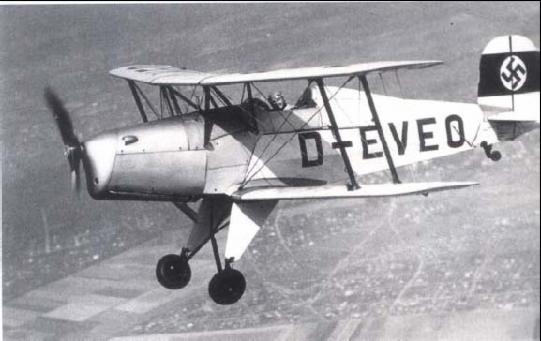
The first Bü-133B was D-EAKE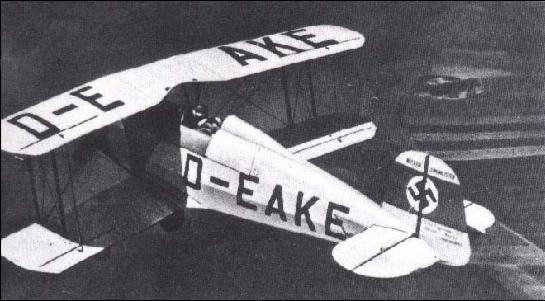
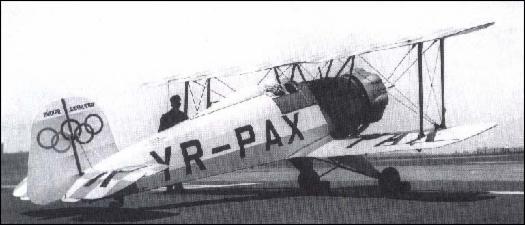
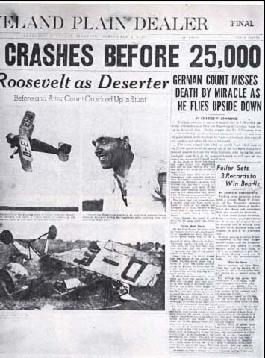
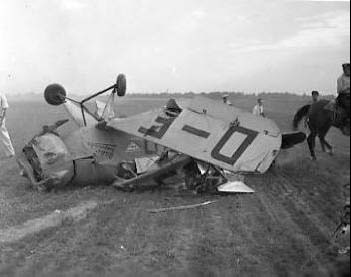
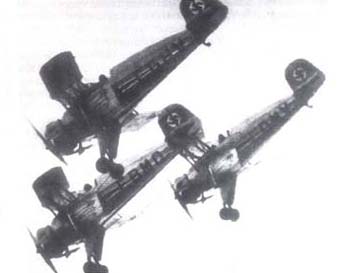
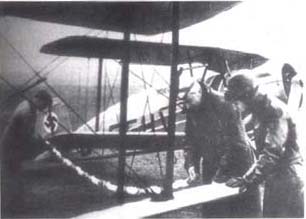
Mounting the connecting cables on the wings. 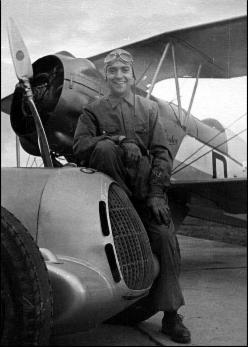
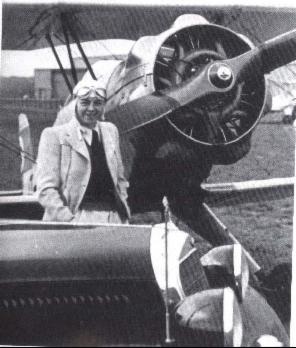
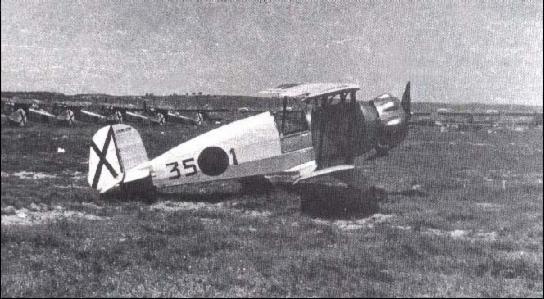
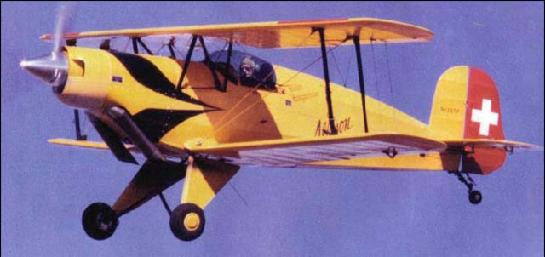
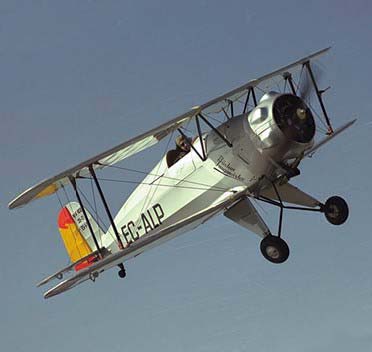

Thanks to BUCKER-PRADO for the original in Spanish and all the photographs in the text.
Thanks too to Stephen Beaver (www.bucker.info) for his help "polishing" the English and adding some interesting data!
The other Photographs Copyrighted to:
- Asgeir
Westgaard.
- Chris
Mattison.
Many thanks to all for
your help.
A link to their sites, sites they
provided, or sites containing their photos can be found by clicking on their
names.
Thanks a lot too to John Graff for his help with the text.
